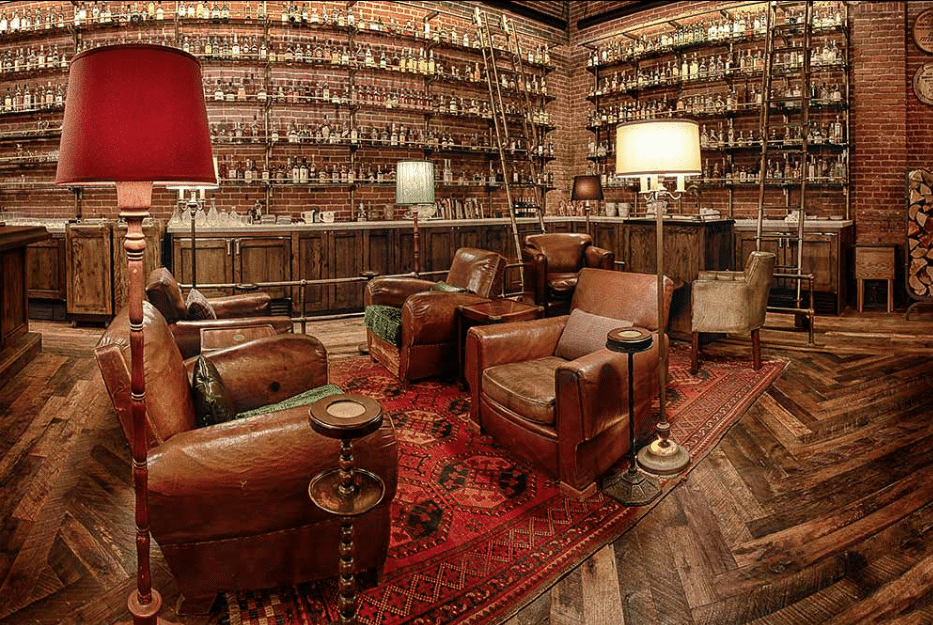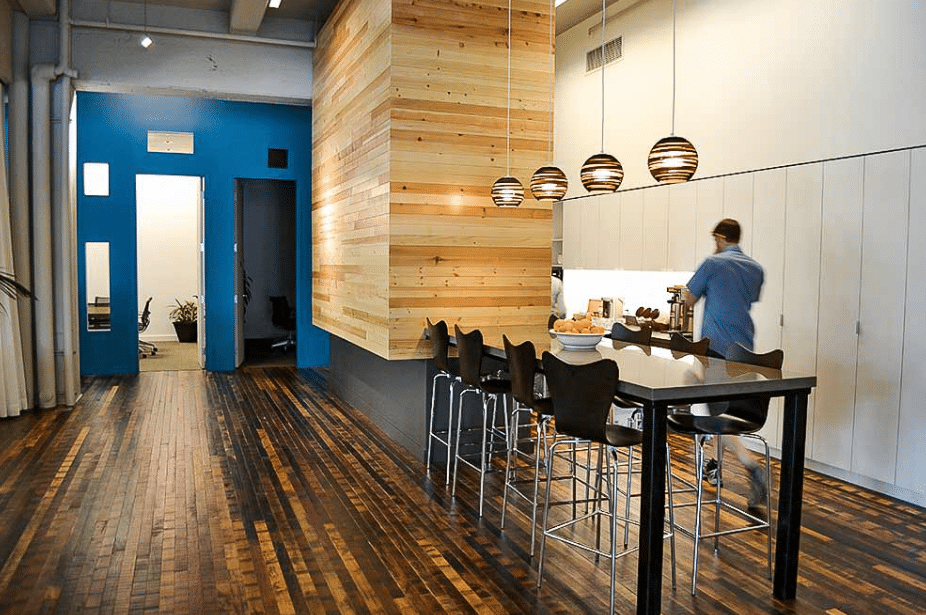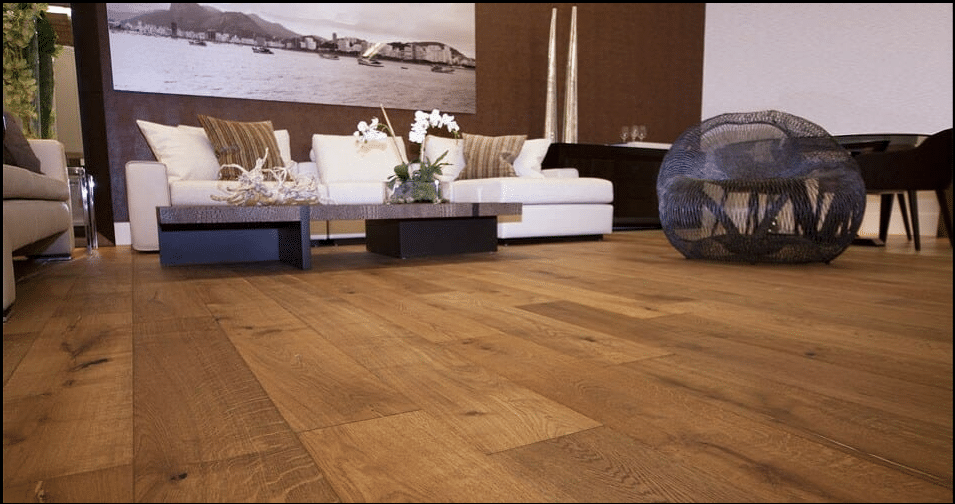The use of reclaimed wood isn’t a new concept, but it’s seen a surge in popularity especially with the green building and remodeling boom. Reclaimed lumber is simply wood with a past life used for a new purpose. Perhaps it was a storage crate or an old barn that has been milled into reclaimed hardwood flooring, though this lumber too is even being used to create reclaimed engineered wood floors that look like it was made from virgin products.
Like all materials, reclaimed wood has not only benefits, but it also has some drawbacks.
The Downside of Reclaimed Wood
Legitimacy: Because of the popularity of reclaimed lumber, some dealers make false claims about the source of their products. To make sure lumber is truly reclaimed, purchase it from a reputable dealer with certifications from organizations such as the Forest Stewardship Council or the Rainforest Alliance.
Price: Reclaimed wood may be more expensive than virgin wood because of the process it undergoes. A dealer sorts and prepares the wood so it’s safe for consumer use, and often there is a lot of nail pulling and extra work involved over using virgin lumber. If you have experience handling lumber, you can mitigate this cost in some cases by deconstructing wood products yourself.
Toxins: Companies may treat (or may in the past treated) lumber with chemicals and paint, which can contain volatile organic compounds, adhesives, preservatives, insecticides or lead. If you’re sourcing reclaimed wood on your own, test the lumber for toxins. Also, by learning about the wood’s past life, you may be able to gather information about any treatments it has undergone.
Pests: Many pests like to make their homes in wood. Before purchasing reclaimed lumber or deconstructing an item to get your own wood, inspect it for signs of an infestation. Signs can include asymmetrical holes in the lumber, the presence of bugs, or wood that crumbles when you touch it. In any case, if you are using reclaimed wood as a building material, it should be kiln-dried to ensure invasive pests are killed.
Hidden dangers: If you don’t purchase reclaimed wood from a company that sorts and processes it, you may find hidden dangers like nails or other organic matter. Handle the lumber with gloves, and inspect it for items of concern before you start on a project.

The Advantages of Reclaimed Wood
Multiple uses: You can use this lumber to make reclaimed hardwood flooring, decks, wall paneling, tables, countertops, cabinets, shelves and anything else you can make with timber.
Environmentally friendly: When you use reclaimed lumber, you decrease the demand for newly sourced lumber, which helps curb deforestation. If harvested responsibly, reclaimed wood is a renewable resource that reduces landfill waste as well as the use of environmental hazards to manufacture new products. For example, it’s better for the earth to install an engineered reclaimed wood floor than it is to install petroleum-based carpeting or linoleum.

Quality and strength: Reclaimed wood is up to 40 points harder on the Janka hardness scale than virgin wood because it often comes from old-growth trees instead of first-generation forests.
Guilt-free exotics: The use of exotic woods is becoming a sustainability no-no for some in the design world – unless it comes from reclaimed lumber.
Looks: Because it’s aged and weathered, reclaimed wood has a desirably unique look that’s hard to find in new materials.
Added interest: Reclaimed lumber has a story that adds to the appeal of your finished project. Sources of the reclaimed material can include old barns, ships, crates, decommissioned buildings, schools, homes, railroads, pallets and more.
LEED points: Using reclaimed wood certified by the Forest Stewardship Council can help your construction or remodeling project earn LEED points.
From an economic and environmental standpoint, reclaimed timber makes sense. By being smart about the wood you reuse or repurpose, you can enjoy the benefits of the reclaimed material without consequence.
THIS POST WAS WRITTEN BY VIRIDIAN RECLAIMED WOOD, A RECLAIMED WOOD FLOORING, PANELING AND FURNITURE SALVAGING AND MATERIALS COMPANY THAT IS LOCALLY OWNED AND OPERATED IN PORTLAND, OREGON.
All images via Viridian Reclaimed Wood.


